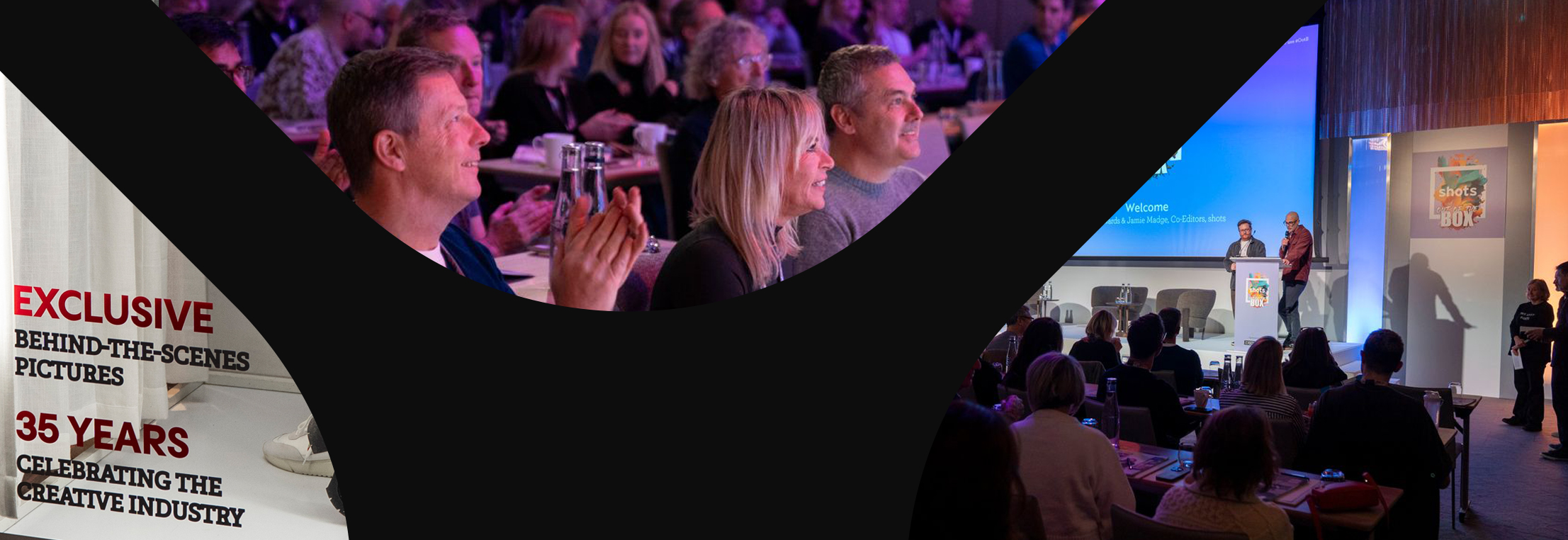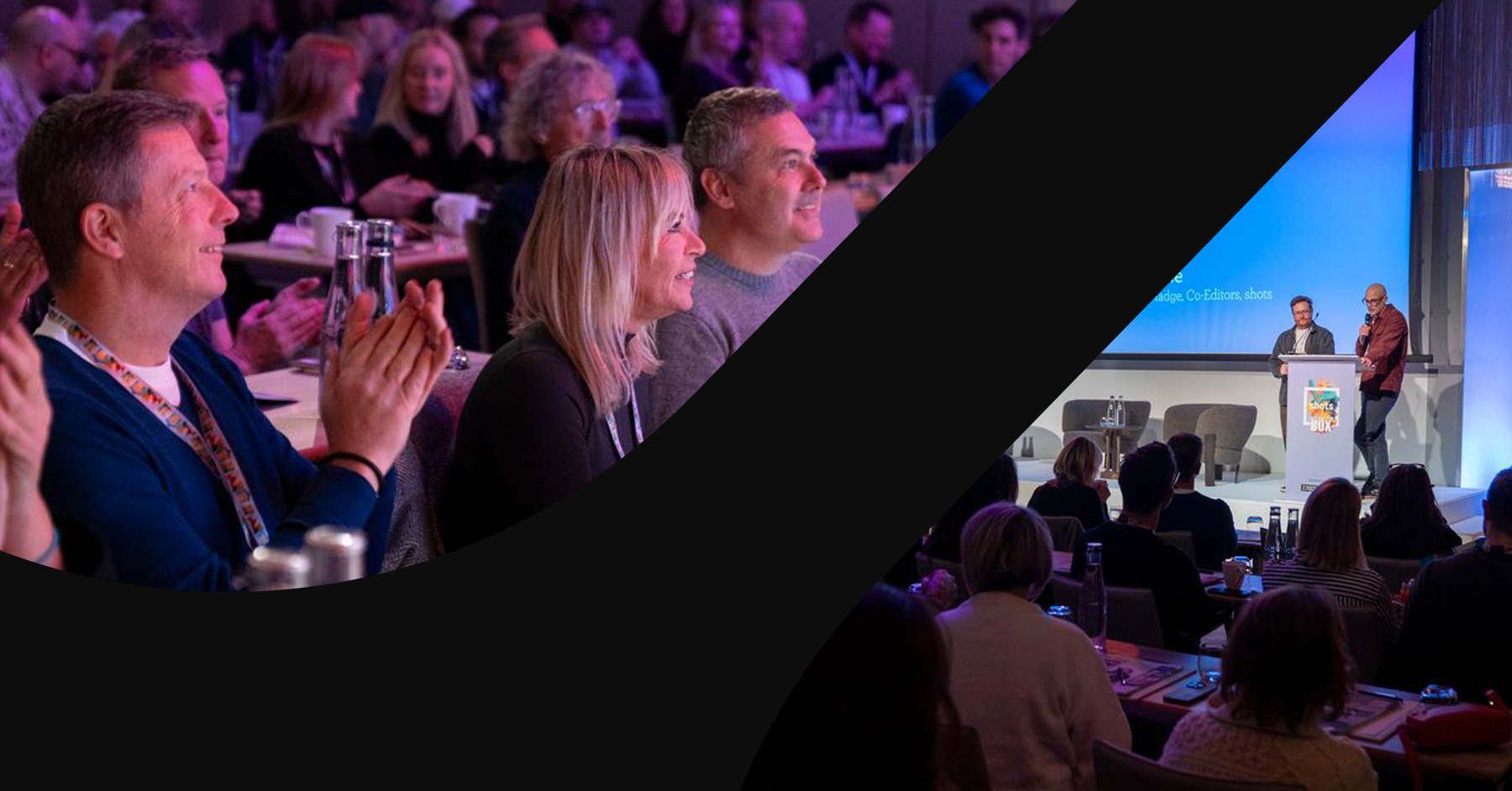Marketing Cannabis
It’s an interesting time to be in the weed business. The laws regarding marijuana possession and use have shifted dramatically in the United States and around the world over the course of the last century. The plant was banned stateside via the Marijuana Tax Act of 1937—though prior to that time, cannabis setiva flourished for nearly 5,000 years as a therapeutic agent employed by various global cultures. California became the first state to legalize marijuana for medical purposes in 1996, and as of this August, a total of 19 states (starting with Colorado) have allowed full legalization for both medical and recreational use. Another 19 states enacted medical marijuana programs, and though cannabis is (for the time being) illegal at the federal level, brands are embracing a variety of marketing initiatives for both THC- and CBD-infused products. Here’s what you need to know.
Normalizing Advertising
Similar to the adult industries of alcohol and gambling, cannabis marketing is governed by an extensive set of restrictions. The main difference? Without a centralized group of rules, laws can vary widely from state to state. This makes it challenging for weed products to build brand loyalty across state lines, given that the conversation itself is still becoming normalized. The Weedmaps tech company, launched in 2008, gave medical marijuana patients the opportunity to connect online. Now it provides recreational-use sources and info by illustrating that point, in a way that’s both humorous and effective with a spot released this year. The ad shows a broccoli going about his daily business—washing his giant green florets in the shower, pouring ranch dressing into his coffee—while simultaneously lamenting the fact that he serves as the emoji representation of weed. This makes it impossible for him to live a genuine broccoli life, given the number of pot puns and wink-wink innuendos he’s forced to endure on a daily basis. “Cannabis is here. Let’s talk about it,” pleads the end-of-ad tagline. Though brand building can be challenging, companies are determined. “We are experimenting with paid ads that are compliant that don't show the product, but talk about its feeling and then go to a landing page,” said Luke Anderson, cofounder of Cann, a THC seltzer drink. Cann’s own holiday 2021 spot shows NBA star Baron Davis enjoying a THC-infused cocktail with actress Kate Hudson, in another attempt to normalize marijuana by showing a sports hero and America’s sweetheart enjoying the drink. “Cann in particular is trying to tear down these antiquated notions of getting super-duper high but rather having cannabis be something that’s much more laced in day-to-day life, in luxury,” says actor and singer Darren Criss, who also appears in the video.
More recently, the Black-owned cannabis brand Viola launched its first video ad that speaks to marijuana consumers of different ages and walks of life. The 90-second spot, which debuted in early August, starts with an older woman worrying about her beloved (not weed) plant. “If anything happens to this plant, I’ll just die,” she says, while her husband urges her to enjoy the beautiful day. Another man struggles to start his lawnmower, a younger woman can’t relax while meditating and a pizza-delivery boy gets stiffed on his tip—but everything turns out fine after the characters responsibly enjoy Viola cannabis. The brand’s larger “Viola Vibes System” messaging speaks to the now-easy method of selecting the right strain for each user, depending on need or desired outcome, which further demystifies the consumption process.
Alcohol Alternative
Though alcohol has long dominated markets as the go-to social lubricant, cannabis now hopes to offer a viable replacement—and even go one step further by additionally positioning itself as a wellness product. Beverages made with THC, the federally regulated psychoactive ingredient found in cannabis, typically offer THC doses ranging from two to 10 milligrams, though most come in around the 2.5 milligram mark—enough to promote socialization, relaxation and even sleep. “You’re seeing dosages go down per drink,” said David Weiner, cofounder of Gossamer, a cannabis lifestyle and media company. Today’s beverages boast “higher design, less focus on THC, less focus on cannabis, and more focus on other ingredients.” This is a big deal, because some experts estimate the marijuana drinks market will be valued at roughly $2.8 billion by 2025. It’s therefore perhaps unsurprising that a variety of cannabis drink brands are now springing up in various states. Popular options include Artet, which offers spritzes and aperitifs meant to keep consumers “satisfied over the course of a conversation or meal.” One type of cannabis-infused craft beer comes from Ceria Brewing, which founder Keith Villa says is intended to “bring cannabis to the masses in low-dose formats.” And Pamos Beverage Co. produces a line of marijuana-infused spirts and cocktails.
Like alcohol, cannabis beverage makers hope their products will hit the mainstream via consumption at bars, restaurants, concerts and festivals, such as the mini Woodstock revival tentatively scheduled to take place next summer in the small town of Sauget, Illinois. Though in the past, music marketers may have historically searched for alcohol brands to sponsor these types of event, the sole presenter of Sauget Woodstock is expected to be an Illinois-based cannabis retailer called Beyond/Hello. This comprises a larger trend of weed dispensaries attempting to gain notice via experiential marketing while becoming more firmly embedded in mainstream pop culture. “We want to build a sense of community and give something back and, at the same time, normalize the plant to a wider audience,” said Andreas “Dre” Neumann, CCO at parent company Jushi Holdings. “It’s an opportunity to go beyond our own footprint and have some fun in a lifestyle way.”
CBD
Cannabidiol, or CBD, is one of the 100-plus substances that can be extracted from the cannabis setiva plant. But unlike THC, it has no psychedelic properties and can’t get users high. Instead, CBD proponents believe it promotes a wide range of physical and mental benefits, from relaxation to combating anxiety to treating chronic pain. CBD is also less regulated, since it’s not classified as a mind-altering drug, and sales occur both online and in shops around the country for products like food, cosmetics, essential oils and more. All of which is to say: This is a massive market. 2021 date from Invisibly shows that 38% of US consumers have sampled CBD products. And this market is getting bigger. Experts believe it will hit $20 billion in revenue the next two years.
In perhaps the ultimate sign of CBD’s mainstream acceptance, Major League Baseball (MLB) recently announced that it will let its teams accept sponsorships from CBD brands starting next year. “We’re at a point where you might even go to the supermarket and buy CBD,” said Noah Garden, MLB chief revenue officer. “We had a lot of requests from CBD companies that were looking to invest in the sport, whether it was locally with a club or nationally with MLB. And folks are learning about…some of the benefits that they can have on their personal life. So our fans are interested.”
From pro sports teams to federal regulations, restrictions regarding cannabis are relaxing. This shift coincides with popular global sentiment regarding marijuana use, and brands are capitalizing on the surging trend. For marketers, it means a potentially lucrative opportunity to get in on the ground floor of breaking the grass ceiling.



.jpg)
.jpg)